In this article, we’ve put together a list of our favorite UI/UX design books that will help any web designer who has just started their professional journey or web developers who want to develop their skills for designing. You can be sure that each one is fantastic and will be worth your time.
As you explore these titles, you'll gain insights into the nuances of user-centered design, learn strategies for creating intuitive and engaging interfaces, and discover ways to craft experiences that resonate with users.
If you're looking for the best book websites on web design topics, you are in the right place. So, let's turn the page and explore the world of UI/UX design through the lens of these must-read books for 2024.
1. "Roots of UI/UX. Learn to Develop Intuitive Web Experiences " by Creative Tim
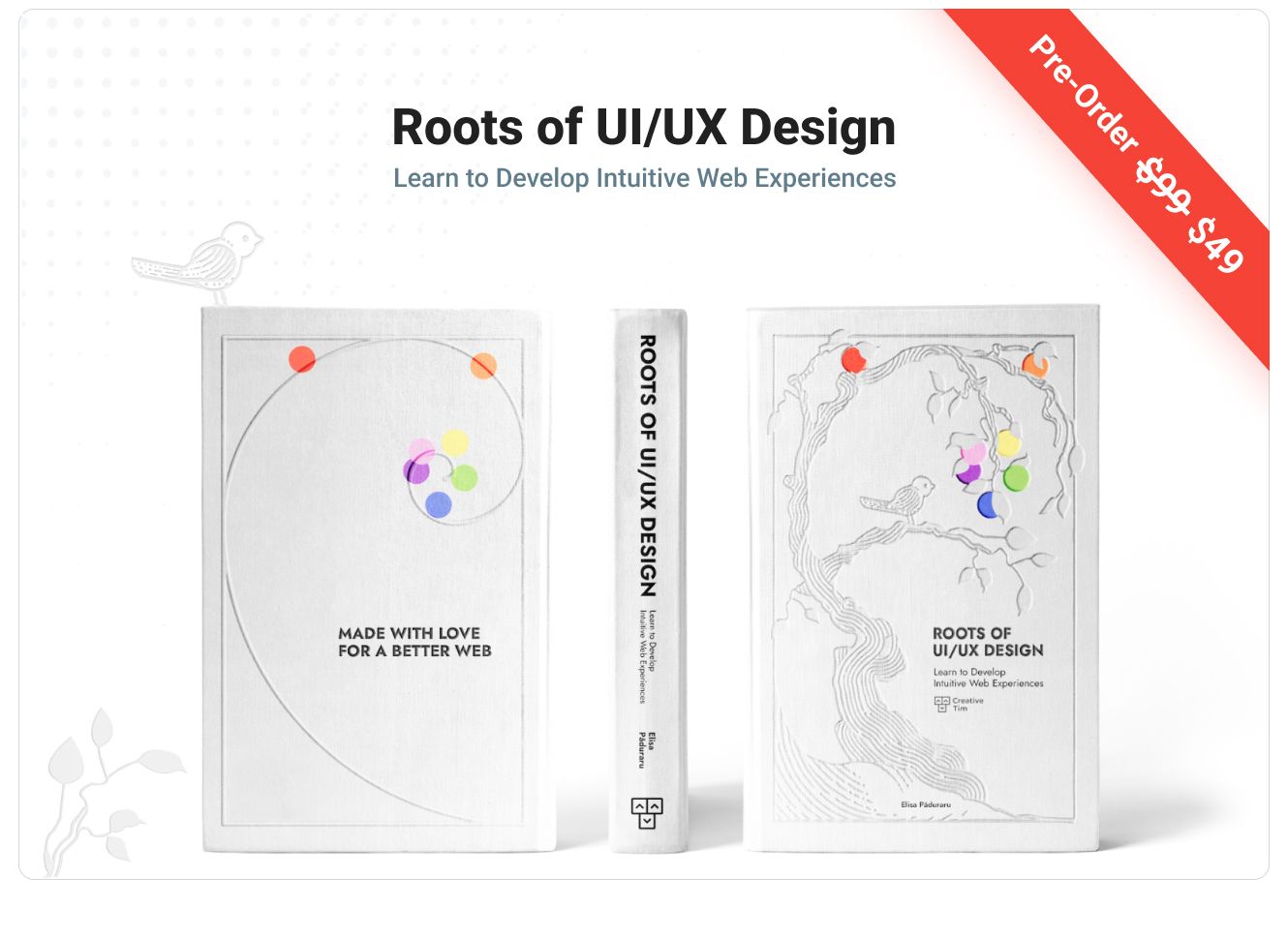
Roots of UI/UX Design is the newest UI/UX design book created by Creative Tim. With 322 Pages of insights and practical examples, figma files, and useful AI prompts, this book will helps you create intuitive digital experiences.
Why this book a game-changer for devs and designers:
- Based on Material Tailwind Design
- Figma File of the Book’s Examples
- 40 x AI Prompts for UI/UX Tasks Included
- QR Code Integration for More Real-Life Examples
Release Year: 2023 (first edition)
2. "Fundamentals of Creating a Great UI/UX" by Creative Tim

Fundamentals of Creating a Great UI/UX is Creative Tim's first UI/UX design book for web designers who have just started their UI/UX journey and web developers who want to develop an eye for design, not just for code.
After 8+ years of crafting the next generation's web design tools, UI Kits, Admin Dashboards, and Mobile App Templates, Creative Tim decided to write this UI/UX book guide based on their experience.
The book includes six parts that walk the reader through the process of designing a website, from the basic elements like buttons, cards to the macro elements like sections and pages.
After reading this book, you will learn how to Design & Use all the UI/UX design components for your Web Pages & Mobile Apps.
Here is what you will learn about:
- Understand the fundamental UI/UX design concepts.
- Learn best practices for creating UI/UX design elements.
- Learn how to create web pages using UI/UX elements.
- Understand the current web design trends.
Release Year: 2022 (first edition)
3. "Refactoring UI" by Steve Schoger & Adam Wathan
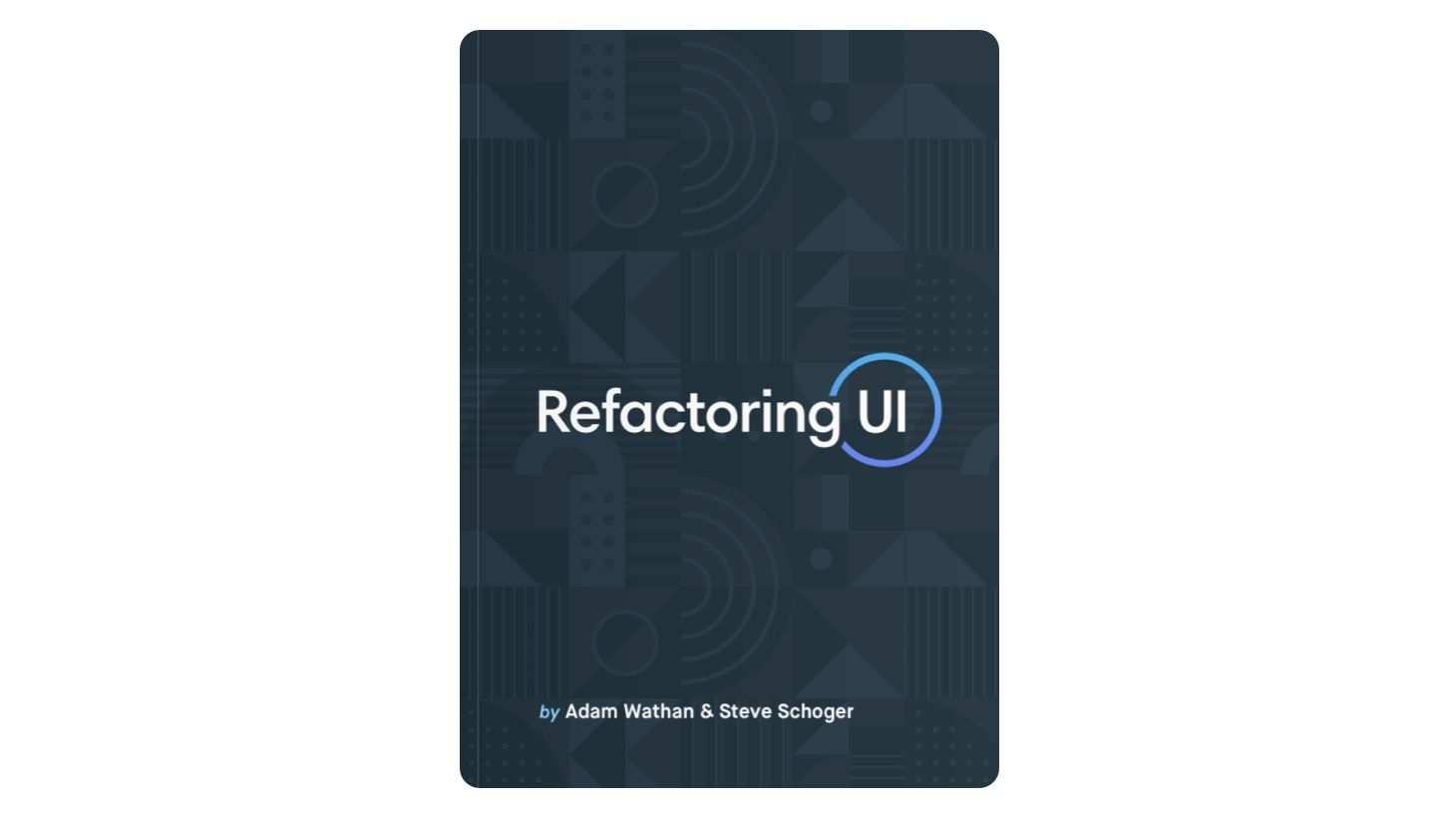
Refactoring UI will teach you how to design beautiful user interfaces by yourself using specific tactics explained from a developer’s point-of-view. The idea of the book is that talent is not the main ingredient in creating the design, but the tactics are. The book is an excellent beginner's book on how to make simple design decisions that could greatly improve your designs.
"Refactoring UI takes everything we know about design and bundles it into one comprehensive package, including a book, screencasts, a component gallery, custom designed assets, and more." (official website)
Here is what you will learn about:
- how to use tactics to create beautiful designs
- the most common mistakes when starting out on a project
- how to use visual hierarchy, layout, and spacing
- how to use fonts and color
4. "Laws of UX: Using Psychology to Design Better Products & Services" by Jon Yablonski
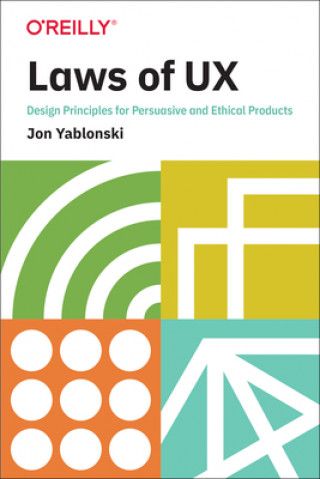
Laws of UX by Jon Yablonski book is about knowing the user and its behaviour by understanding the psychology behind it. The book teaches you how aesthetically pleasing design creates positive responses. After reading this UX design book, you will understand how you can apply key principles in psychology to build products and experiences that are more intuitive and human-centered.
The material gives a cursory foundation for new designers and those looking for transition to web/app design. Product Managers and web or app developers will also enjoy this book. Also, it is short and easy to read.
Here is what you will learn about:
- the principles from psychology most useful for designers
- how these psychology principles relate to UX heuristics
- ethical implications of using psychology in design
Release Year: 2020 (first edition)
5. "Don’t make me think" by Steve Krug
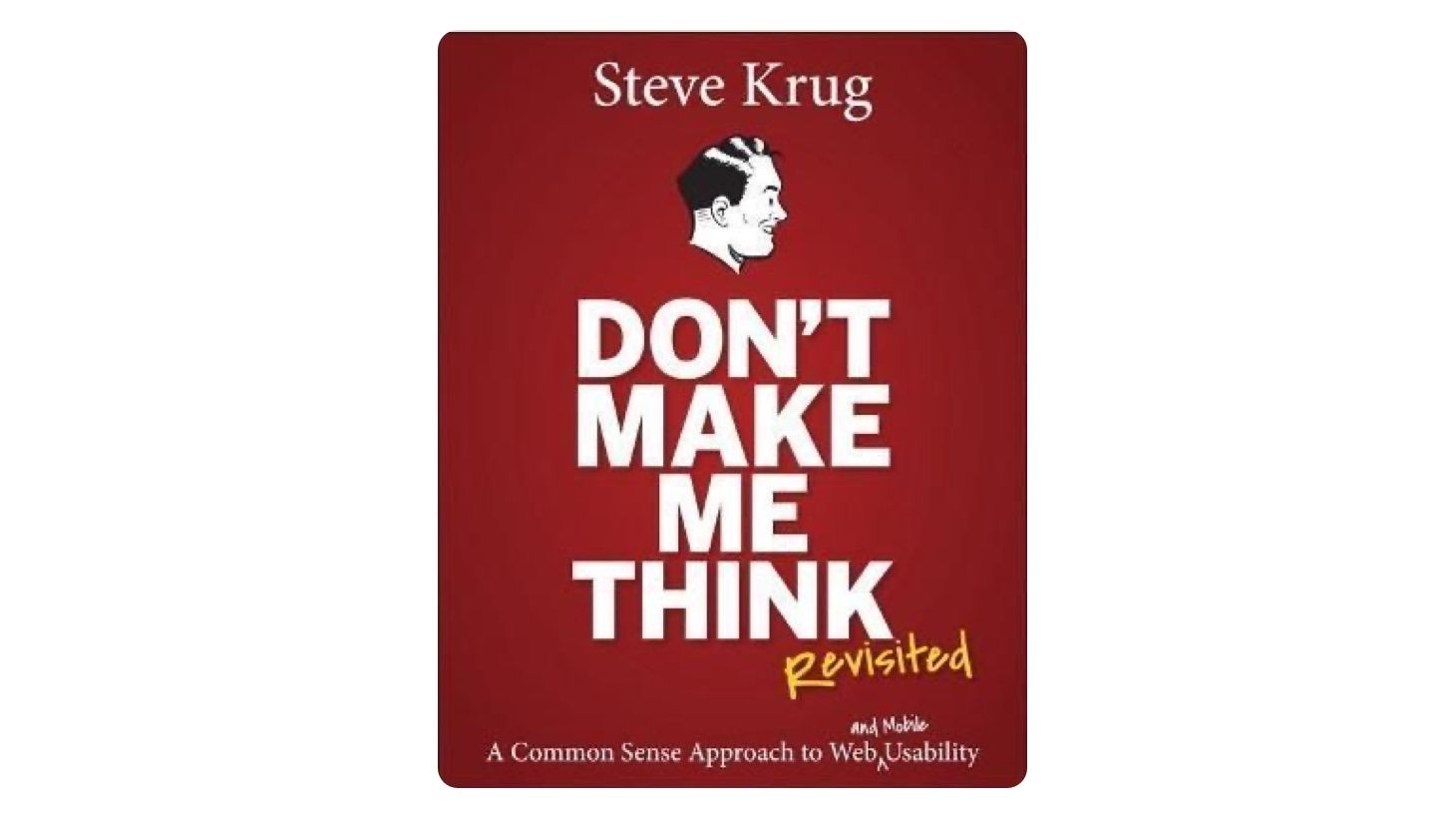
Don't Make Me Think was first published 22 years ago and Steve Krug was known as a guru of web design, teaching web designers and developers the principles of intuitive navigation and information design. It has become most popular people’s introduction to User Experience (UX).
The book is now in its third revised version. But even it is an old book and many designers would say the web has changed so much from 2013, there are a lot of people still saying it should be read by anyone working on web designing.
The purpose behind the book is to emphasize the importance of simplicity as well as consistency when coming up with a web design. When designing websites, it's easy to lose sight of the fact that people will actually be using your published work.
Here is what you will learn about:
- the principles of intuitive navigation and information design
- why do people really leave websites
- making sites usable and accessible
Release Year: 2013 (third edition)
6. "100 Things Every Designer Needs to Know About People" by Susan Weinschenk
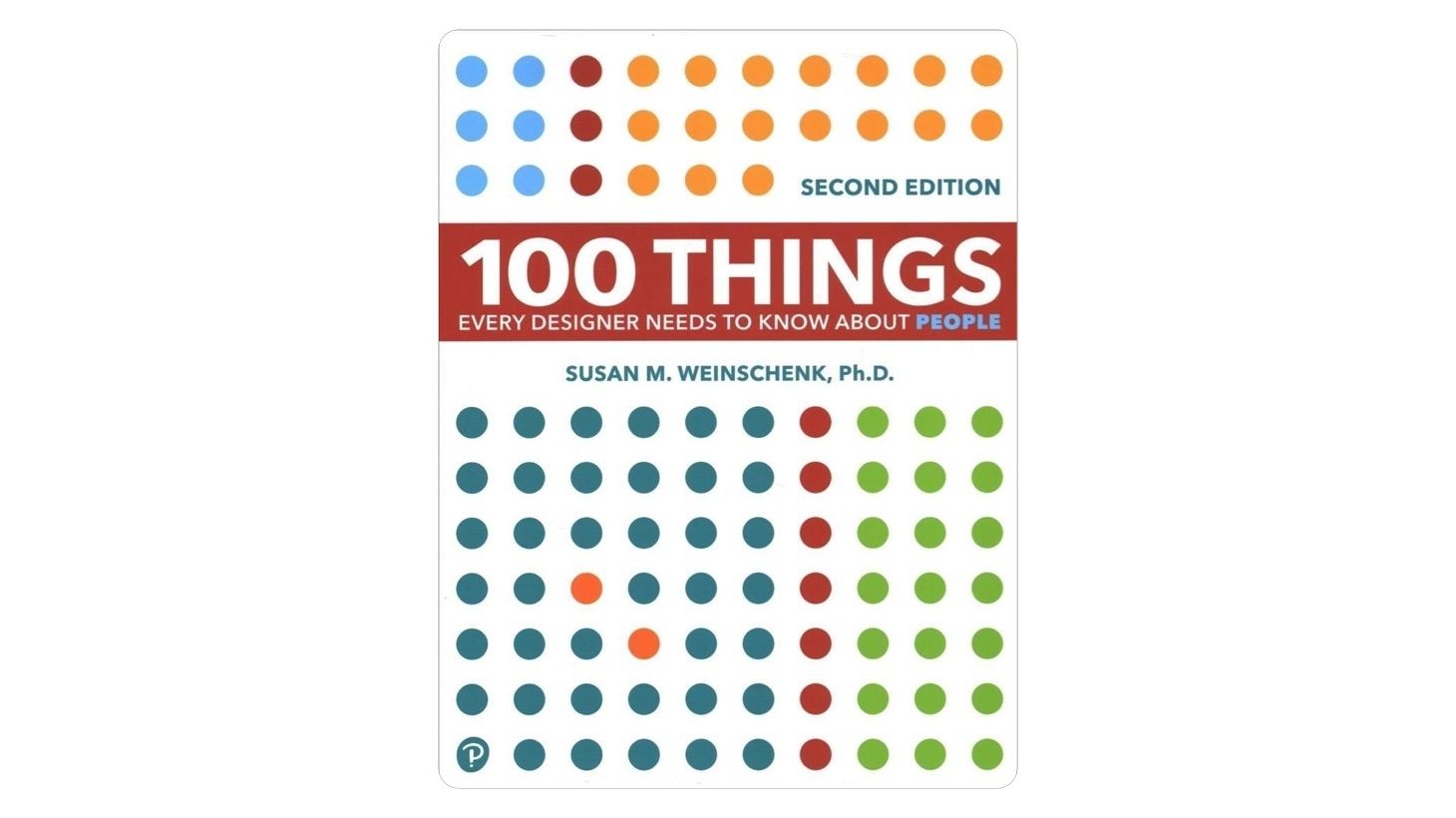
100 Things was written by a behavioural scientist Susan Weinschenk and, unlike many other books, this one is loaded with references to many sources and studies. It is a good primer to design and psychology, and it covers a range of well-known ideas in psychology as they relate to design. For example, the book explains where the eye focuses, how people remember, and the relationship between rich visual media and human interest.
Even if the information can be a bit technical in some parts, the book is easy to read. At the end of each segment, there is a very brief section called "Takeaways" that sums up what you just read.
Here is what you will learn about:
- how to design more intuitive and engaging apps, software, websites, and products that match the way people think, decide and behave.
- how to get the user to behave in a certain way along the customer journey
Release Year: 2020 (second edition)
7. "The Principles of Beautiful Web Design" by Jason Beaird
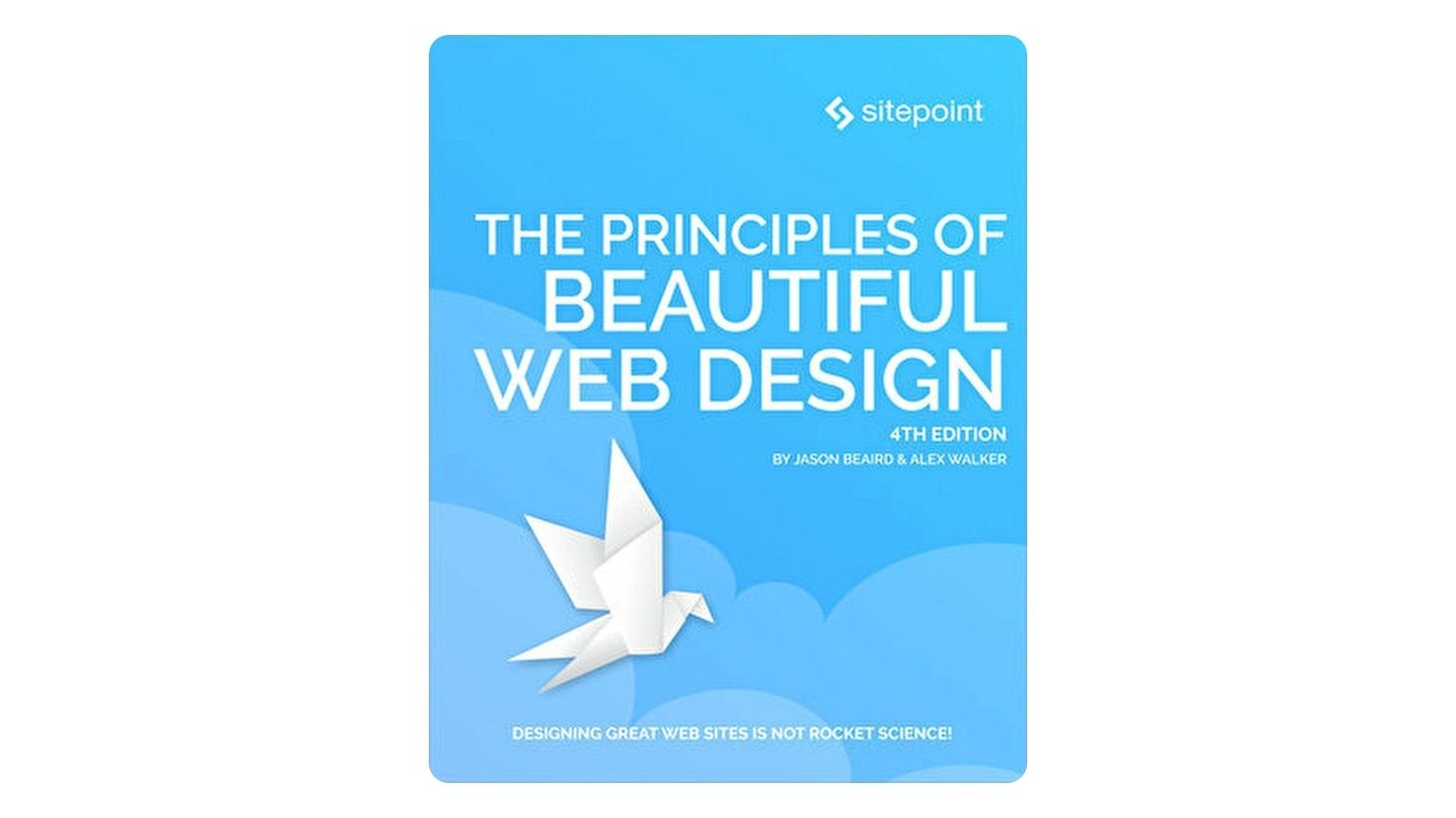
This book is a good starting point for those with no formal education in the design field, particularly web design. Every page is filled with need-to-know principles about the world of web design, many of which can be applied to the field of Design in general. It's short, loaded with pictures and examples, information is condensed and written in a funny way.
Here is what you will learn about:
- Understand the process of what makes "good design," from discovery through to implementation
- Use color effectively, develop color schemes, and create a palette
- Create pleasing layouts using grids, the rule of thirds, and symmetry
Release Year: 2020 (fourth edition)
8. "Designing Interfaces: Patterns for Effective Interaction Design" by Jenifer Tidwell, Charles Brewer, Aynne Valencia
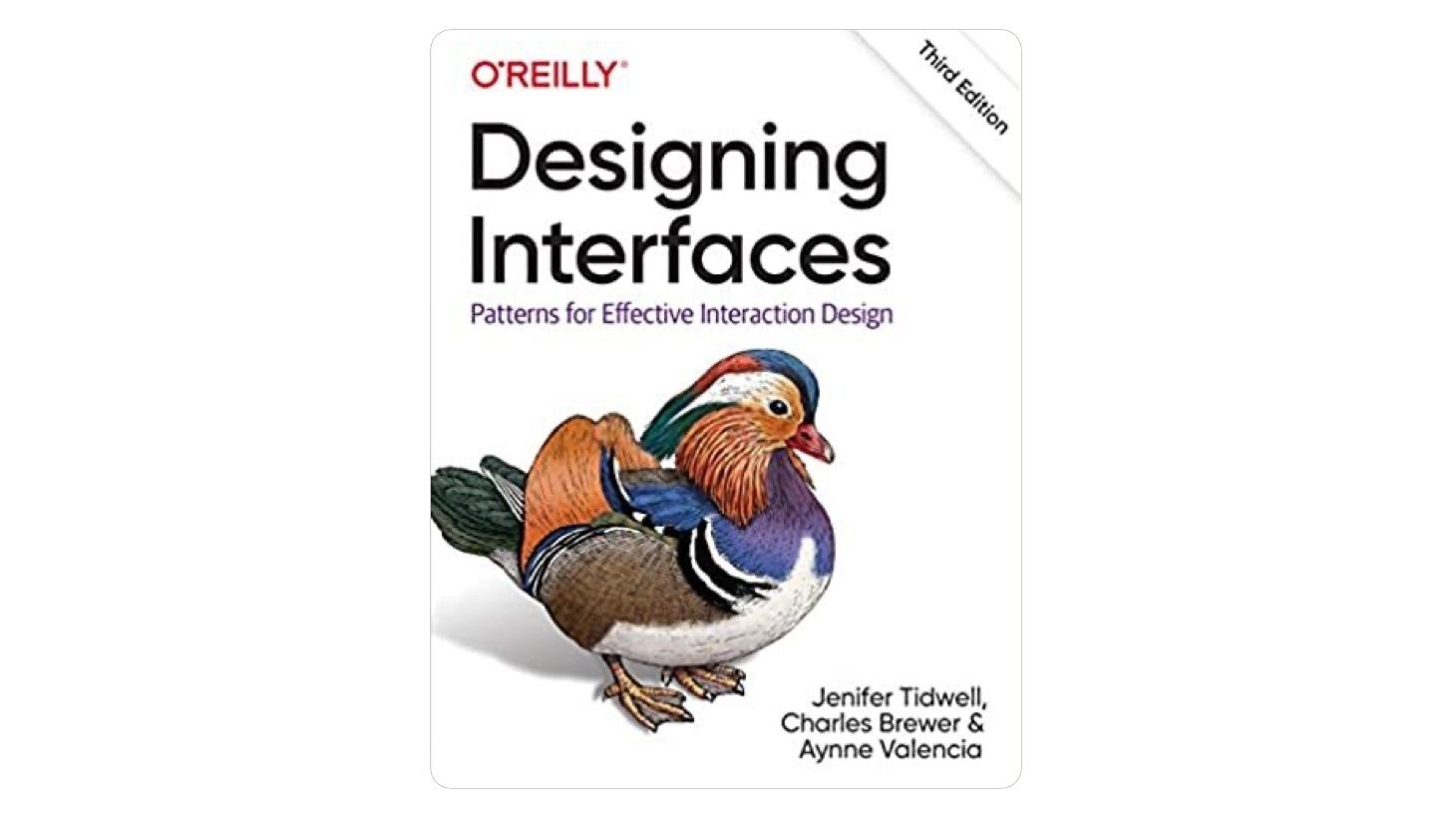
Designing Interfaces showcased those best practices as design patterns -- solutions to common design problems, tailored to the situation at hand. Each pattern contains practical advice, recommendations, and design alternatives that you can use to create effective web designs. It also features a variety of examples illustrated in full color.
For a beginner, the book contains the introduction for the interaction design and the complete overview for all possible interaction components you may need in your designs (navigation, lists, mobile layout etc.).
Here is what you will learn about:
- patterns for mobile apps, web applications, and desktop software
- key design concepts that are often misunderstood
- basic principles of UI design that are timeless
Release Year: 2020 (third edition)
9. "Hello Web Design: Design Fundamentals and Shortcuts for Non-Designers" by Tracy Osborn
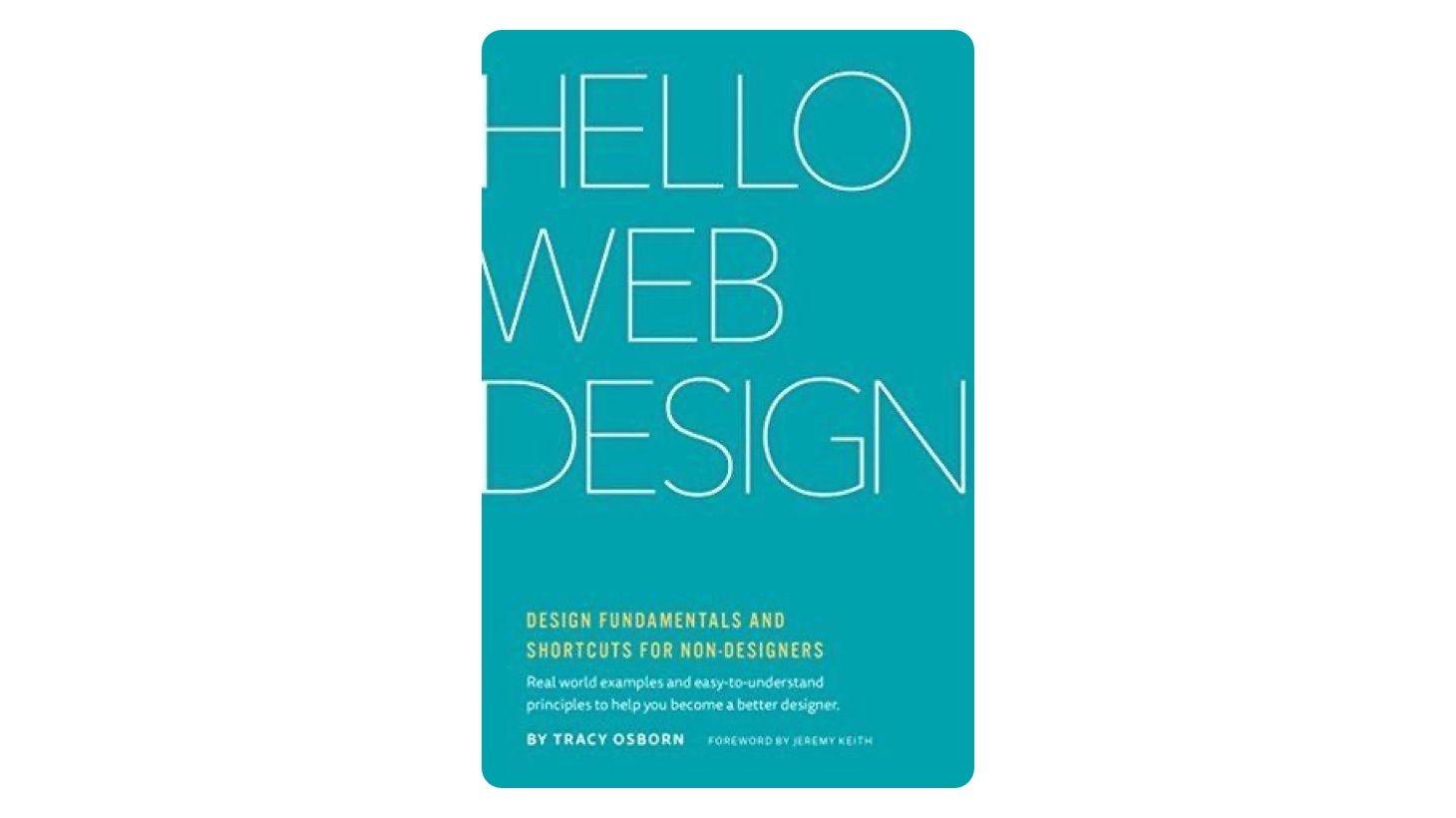
Hello Web Design s is a very easy lecture to read to get caught up on some of the basic web design concepts, especially for developers who don't have time for a specialised design course.
Using real-world and fun examples, the book offers everything you need to feel comfortable creating landing pages, online portfolios, and more, all in a beautiful package. It doesn't go into depth on any topic, but it keeps the reader from getting bogged down with too many details.
From color theory and typography to the end user's experience, it gives you the tools and shortcuts you need to get started.
Here is what you will learn about:
- shortcuts to create basic web designs
- a foundation for communicating with web designers
Release Year: 2021 (first edition)
10. "Dieter Rams: Ten Principles for Good Design" by Cees W. De Jong, Klaus Klemp, Jorrit Maan, Erik Mattie
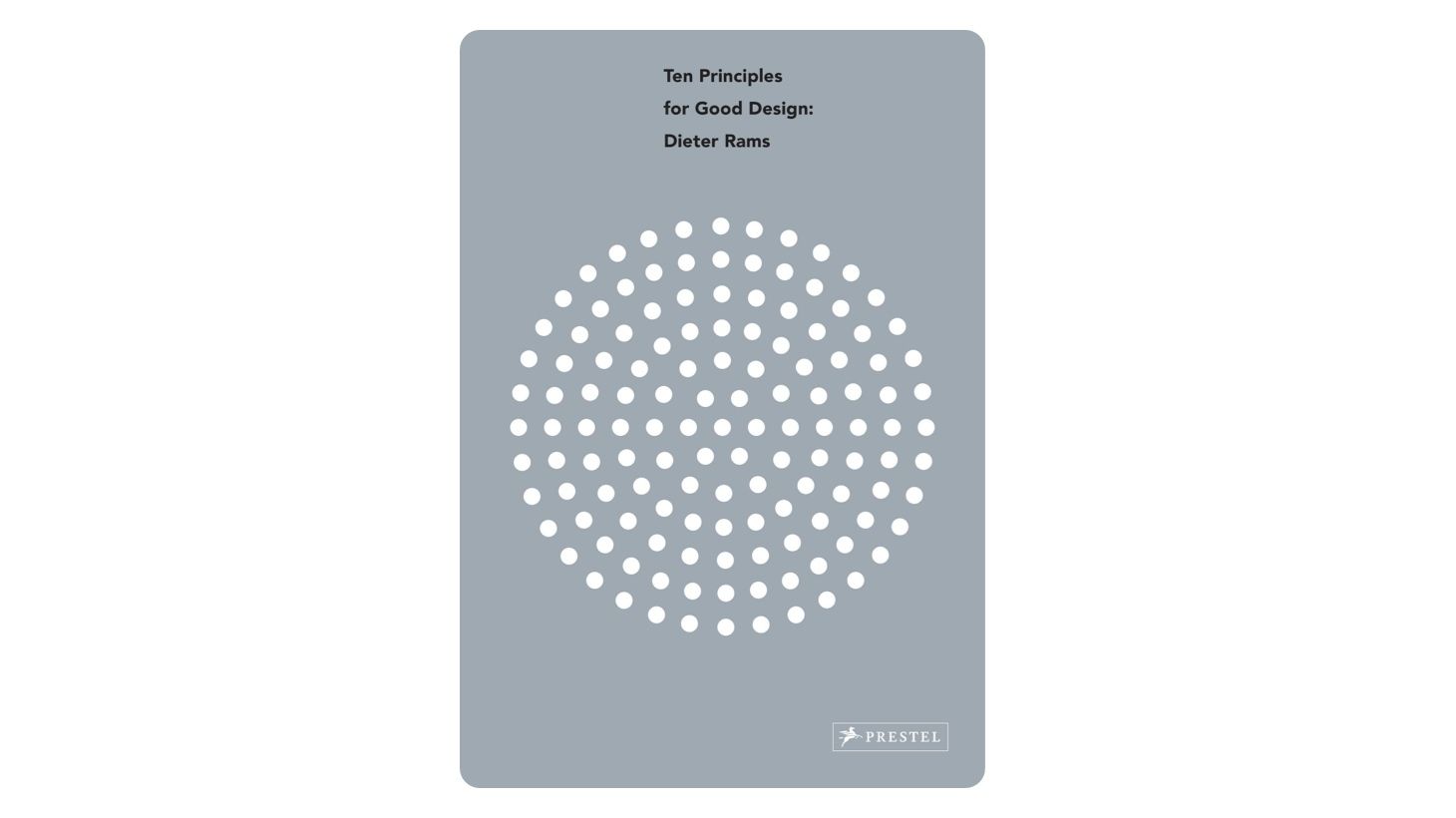
Dieter Rams: Ten Principles for Good Design presents highlights from a forty-year career designing iconic consumer products that enhance our daily lives. The author's philosophy on design is simplistic and consonant with nature.
For decades, anyone who was interested in product design looked to the Braun label when choosing their appliances, radios, and other consumer items. After this, Dieter Rams, the guiding force behind the Braun look, breaks down his design principles and processes in this elegant book.
Here is what you will learn about:
- how to design a minimalistic way
- understand the aesthetic philosophy
Release Year: 2017 (first edition)
11. "Designing with the Mind in Mind" by Jeff Johnson
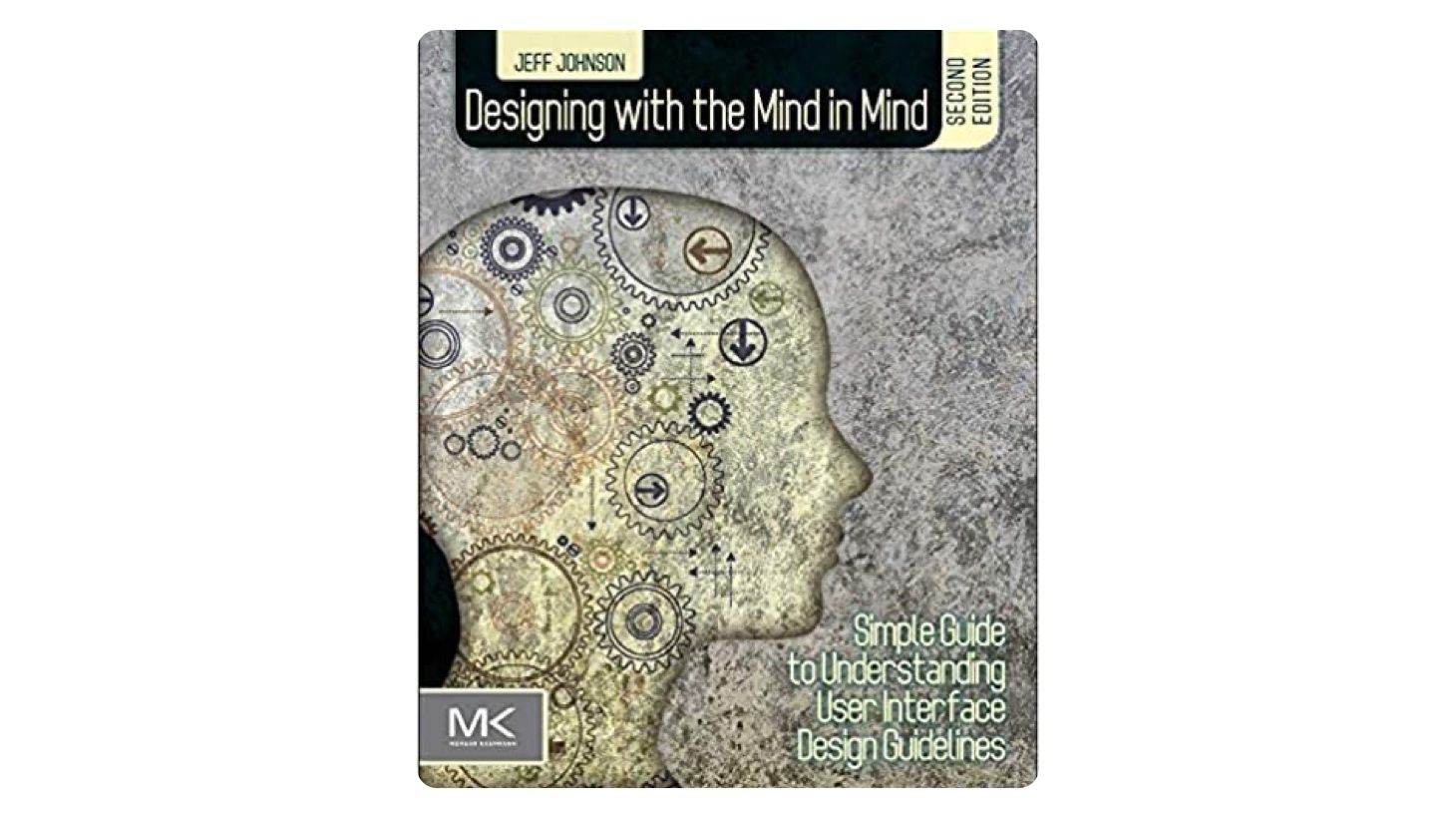
Designing with the Mind in Mind is a guide to user interface design based on the science of human perception and memory. It describes the neuropsychology behind good GUI design. The approach is thoroughly practical and avoids getting bogged down in neuroscience itself.
Need to know about how things really work in the mind of your users? Designing with the Mind in Mind is a treasure trove, packed with insightful information about the cognitive pitfalls, perceptual glitches, and usability errors that plague user interfaces.
Here is what you will learn about:
- perceptual and cognitive psychology that user interface (UI) design guidelines make intuitive sense rather than being just a list of rules to follow
- 14 fundamental and wide-ranging insights about human psychology
Release Year: 2014 (second edition)
FAQ for UI/UX Design
-
What is the best book for UX design process?
Choosing the best book for learning about the UX design process depends on your learning style and specific interests. To make your reseach work easier, we've done our homework and listed 10+ amazing book that you can start from! Read the each book's description and choose your favorite. -
Can I teach myself UX/UI design?
Yes, you can teach yourself UX/UI design. The field is accessible through various online resources, UI/UX books, tutorials, and courses. Key skills include understanding user needs, creating wireframes and prototypes, and learning design tools (such as Figma, Sketch, and Adobe XD). -
What should I study for UI/UX design?
To study UI/UX design, focus on areas such as:
- User research and psychology
- Design principles and color theory
- Wireframing and prototyping
- Usability testing and feedback analysis
- Familiarity with design tools like Sketch, Adobe XD, Figma, etc.
- Basic understanding of HTML and CSS can also be beneficial.
- Is UX/UI hard to break into?
Starting a career in UX/UI design can be a bit challenging but it's definitely possible. The key is to create a good portfolio that shows off your design skills and how you solve problems. It's also important to connect with others in the field, keep learning new things, and stay up-to-date with the latest in design. Getting some experience through internships, doing freelance work, or even personal projects can really help you get started in UX/UI design.
Final Thoughts
We hope you will find these resources worth trying and useful for your web design career journey.
If you are interested in more resources, here is our curated collection of learning articles and online video courses with new additions published every week.
Also, if you are interested in UI/UX video courses, you should check out our new article!

![10+ Best UI/UX Books that Every Designer Should Read [2025]](/blog/content/images/size/w960/2022/01/cover-blog.jpg)



